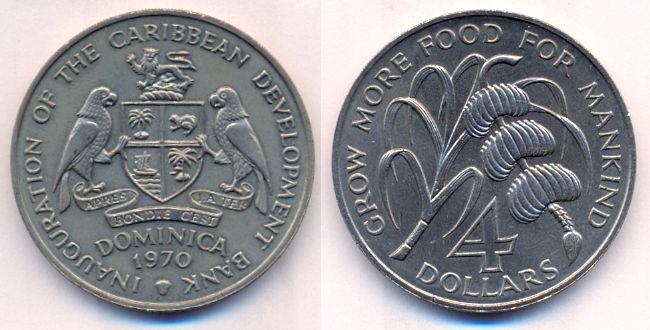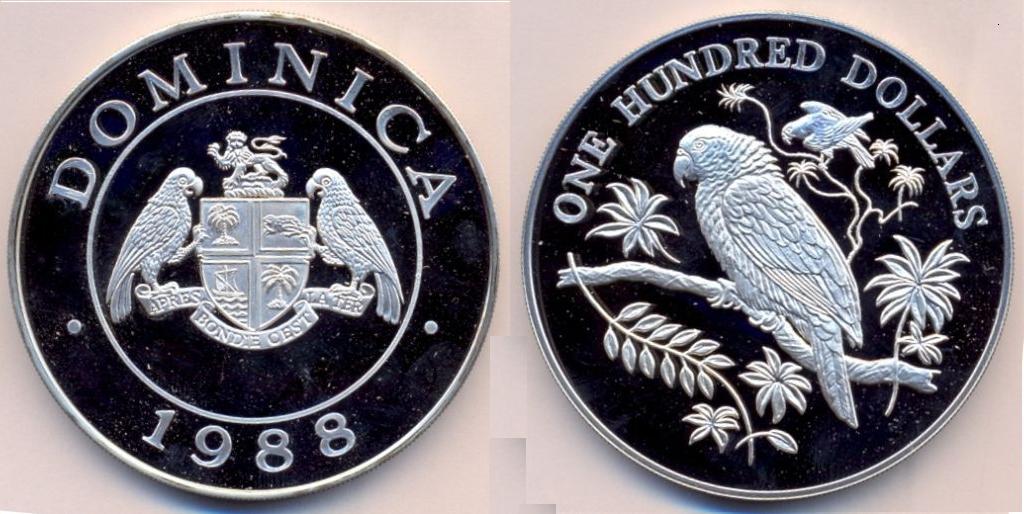 |
 |
| Dominica |
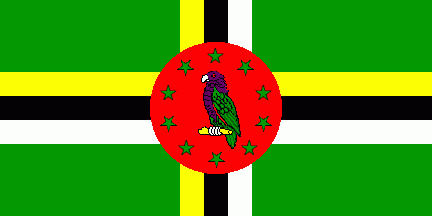 |
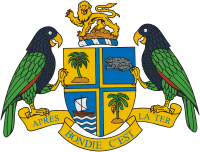 |
||||
|
03 Nov 1493 Discovered and claimed for Spain by Christopher Columbus, named Isla Dominga 1627 Dominica claimed for England by Earl of Carlisle, no settlement 1635 Claimed by France, no settlement until 1690's. 31 Mar 1660 Agreed between Caribs, French and English that Dominica will be left for the Caribs 07 Feb 1686 French and English redesignate Dominica a Carib territory, French settlers continue to arrive 1700 British attempted settlement 18 Oct 1748 - 06 Jun 1761 Neutral territory (as agreed by France and Britain) 06 Jun 1761 Occupied by Britain 10 Feb 1763 British colony 07 Sep 1778 - Jan 1784 French rule Jan 1784 British colony 1833 - 01 Jan 1940 Part of the Leeward Islands under Antigua Jan 1940 - 01 Jan 1960 Part of the Windward Islands under Grenada 03 Jan 1958 - 31 May 1962 Dominica becomes part of Federation of the West Indies under Trinidad and Tobago 01 Mar 1967 Associated state 03 Nov 1978 Independence (Commonwealth of Dominica) |
|||||
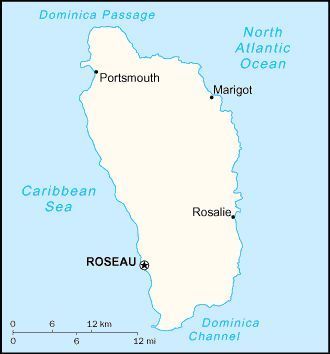 |
The Commonwealth of
Dominican, situated in the Lesser Antilles midway between Guadeloupe to the
north and Martinique to the south. It has an area of 290 sq. mi. (750 sq.
km.). Capital: Roseau. Agriculture is the chief economic activity of this
mountainous island. Bananas are the chief export. Columbus discovered and named the island on Nov. 03, 1493. Spain neglected it and it was finally colonized by the French in 1632. The British drove the French from the island in 1756. Thereafter it changed hands between the French and British a dozen or more times before becoming a permanently British in 1805. Motto: "Après Bondie, C'est La Ter" (Antillean Creole) "After God is the Earth" |
||||
|
|||||
| Around 1761, pierced or mutilated silver from Martinique was used on the island. A council in 1798 acknowledged and established value of these mutilated coins and ordered other cut and countermarked to be made in Dominica. These remain in use until 1862, when they were demonetized and Sterling became the standard. Throughout the greater part of its British history, Dominica was a presidency of the Leeward Islands. In 1940 its administration was transferred to the Windward Islands and it was established as a separate colony with considerable local autonomy. From 1955, Dominica was a member of the currency board of the British Caribbean Territories (Eastern Group), which issued its own coins until 1965. Dominica became a West Indies associated state with a built in option for independence in 1967. Full independence was attained on Nov. 03, 1978. Dominica, which has a republican form of government, is a member of the Commonwealth of Nations. | |||||
| Monetary standard: East Caribbean Dollar = 100 cents. | |||||
| The East Caribbean dollar (sign: $; code: XCD) is the currency of eight of the nine members of the Organisation of Eastern Caribbean States (the one exception being the British Virgin Islands). From 1955, Dominica was a member of the currency board of the British Caribbean Territories (Eastern Group). It issued its own coins until 1965, being the successor to the British West Indies dollar, and it is normally abbreviated with the dollar sign $ or, alternatively, EC$ to distinguish it from other dollar-denominated currencies. The EC$ is subdivided into 100 cents. It has been pegged to the United States dollar since July 07, 1976 and the exchange rate is US$1 = EC$2.70. Six of the states using the EC$ are independent states: Antigua and Barbuda, Dominica, Grenada, Saint Kitts and Nevis, Saint Lucia, and Saint Vincent and the Grenadines. The other two are British overseas territories: Anguilla and Montserrat. Commemorative coins were produced by Dominica in 1970, 1978, 1979, 1985 and 1988. | |||||
| Dominica commemorative coins | |||||
|
|||||
| Countries / Territories | |||||
| Chiefa Coins | |||||
